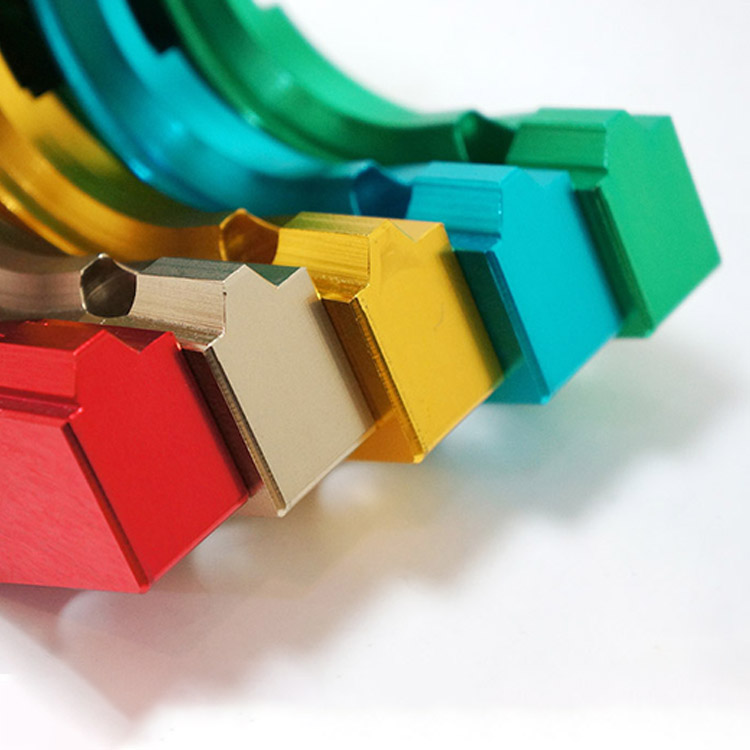
Surface finishing solutions
-
200+Serve customers
-
100+In-house machines
-
60%Repeat purchase rate
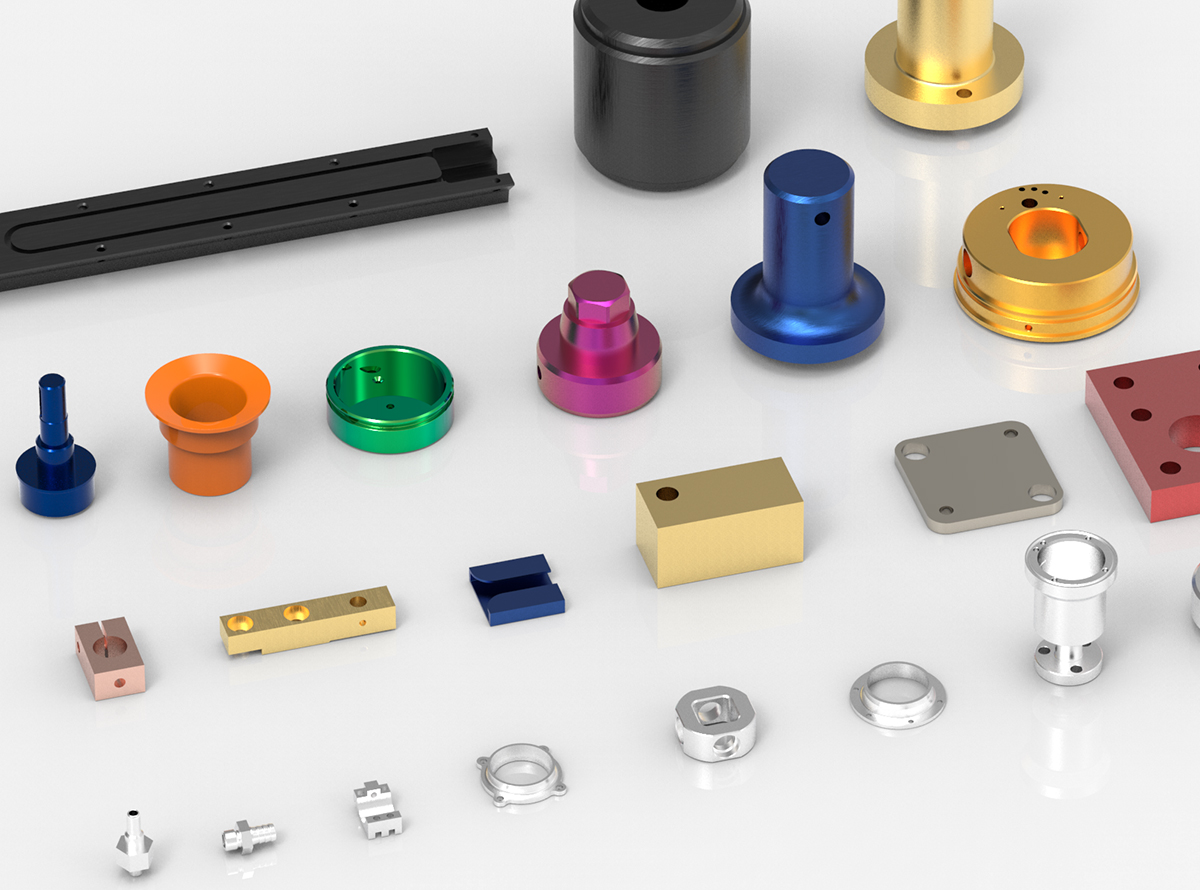
Dongguan Chiheng Hardware Co., Ltd, established in 2009. Its predecessor was a CNC machine part manufactory with 5,000 square meters platform . We have total more than 100 sets of key michines, such as CNC machining centers, engraving and drilling machine, lathe and milling machine, line cutting machine, etc. After more than ten years' development, we are now able to make repeated positioning accuracy within tolerance +/- 0.005mm.

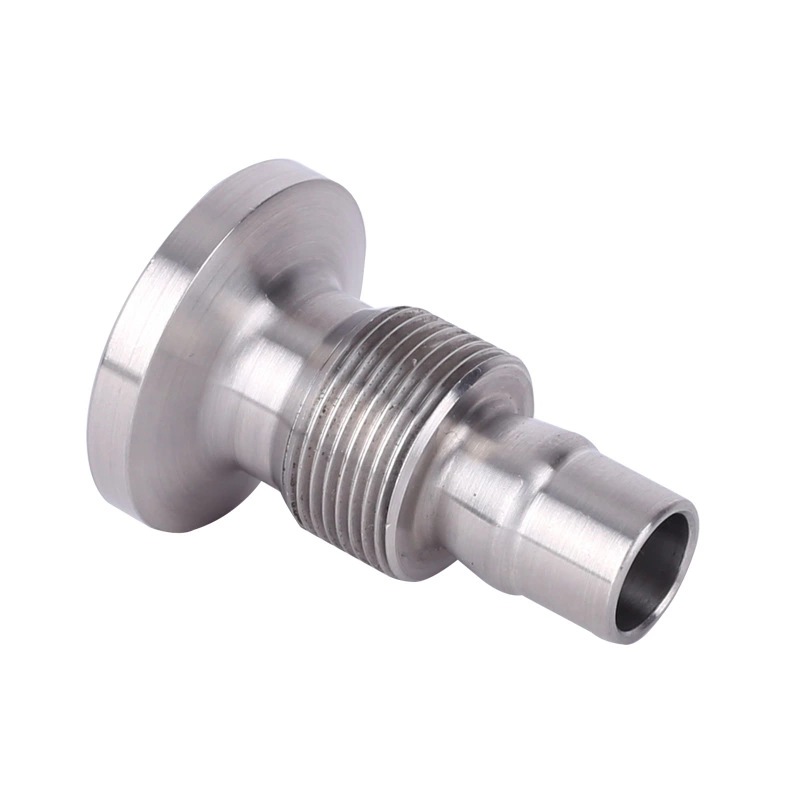
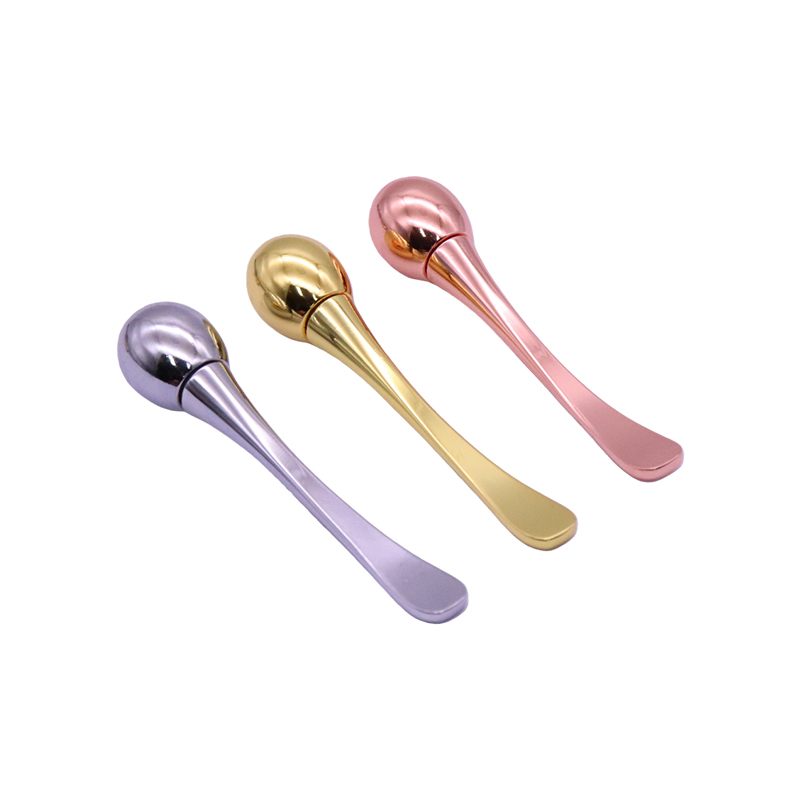
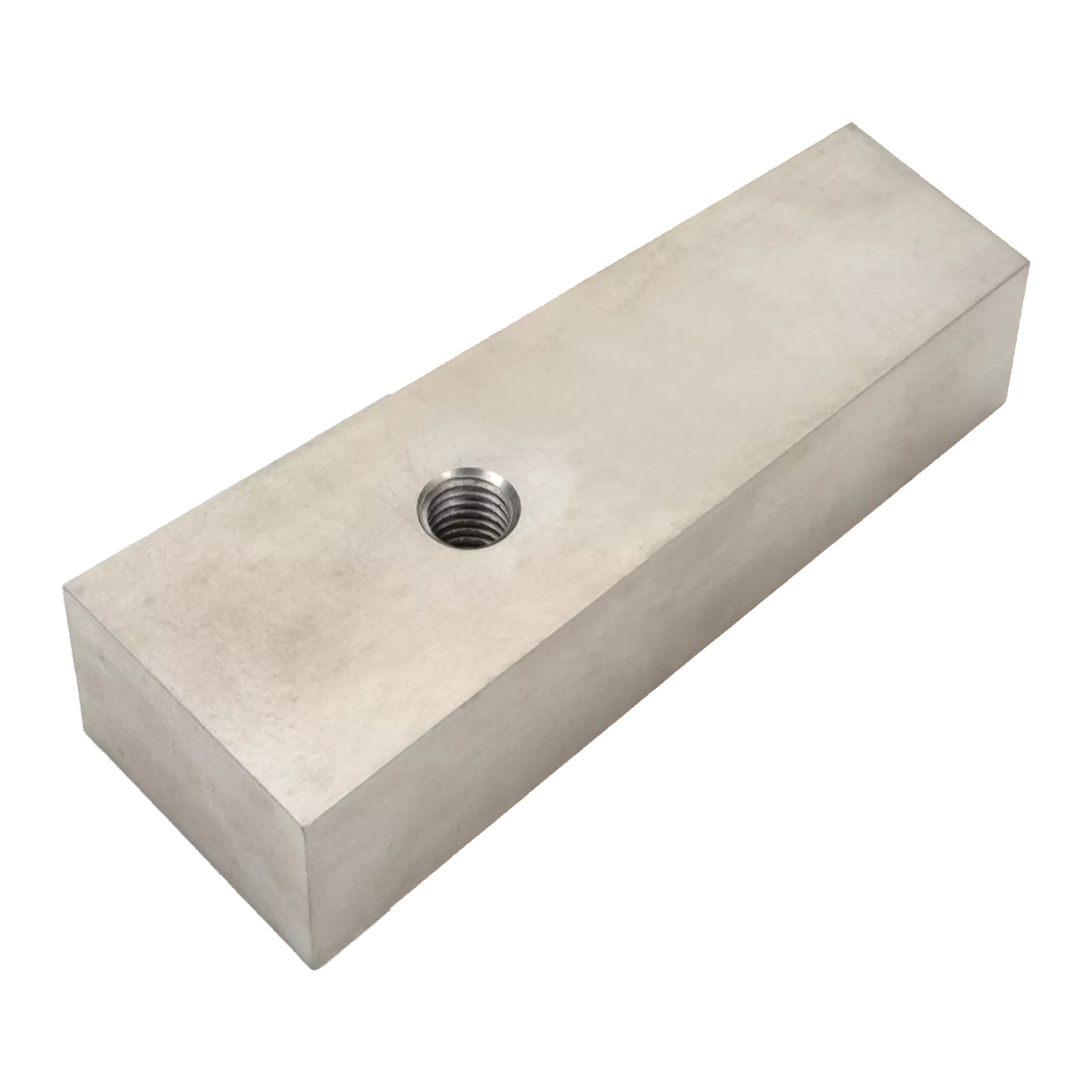

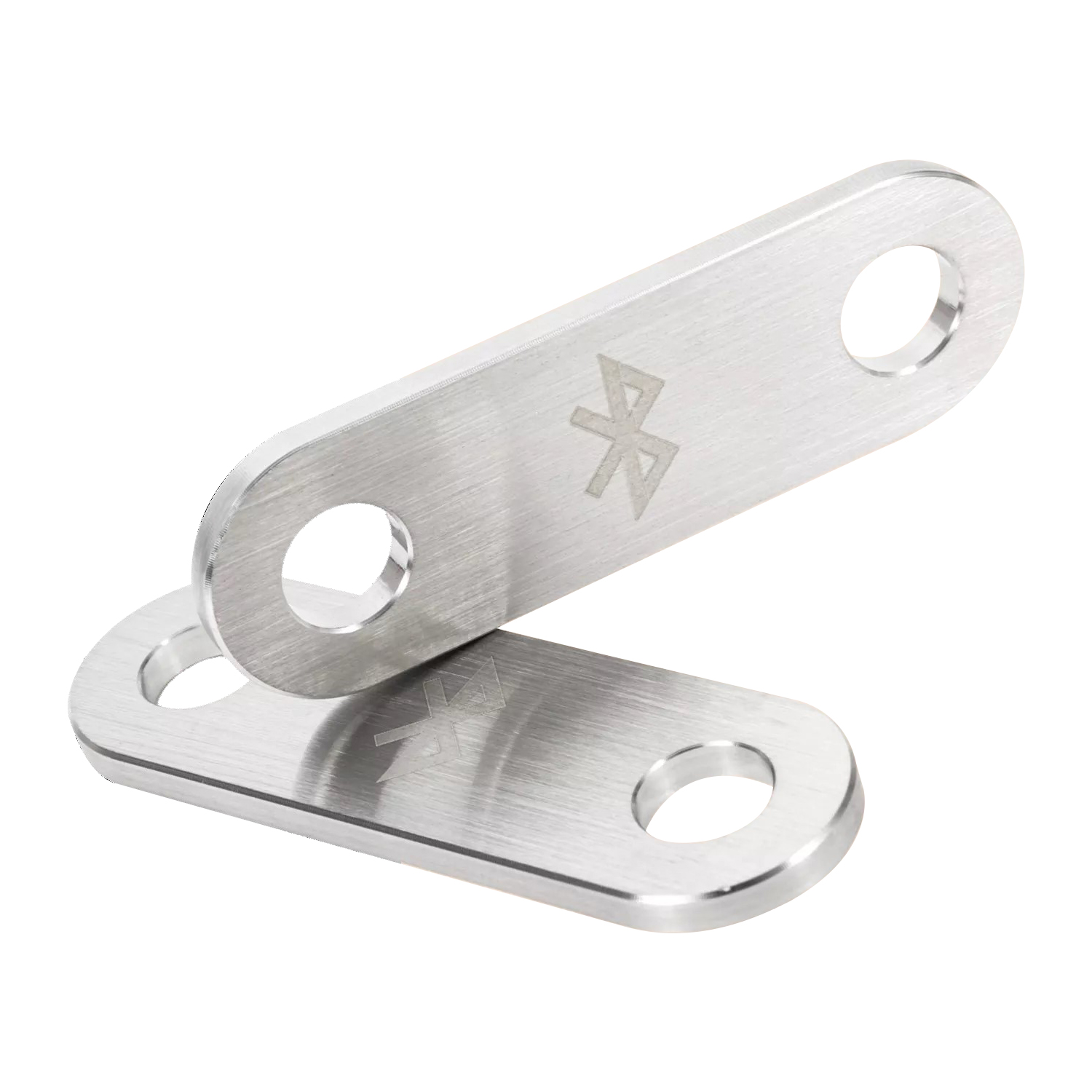
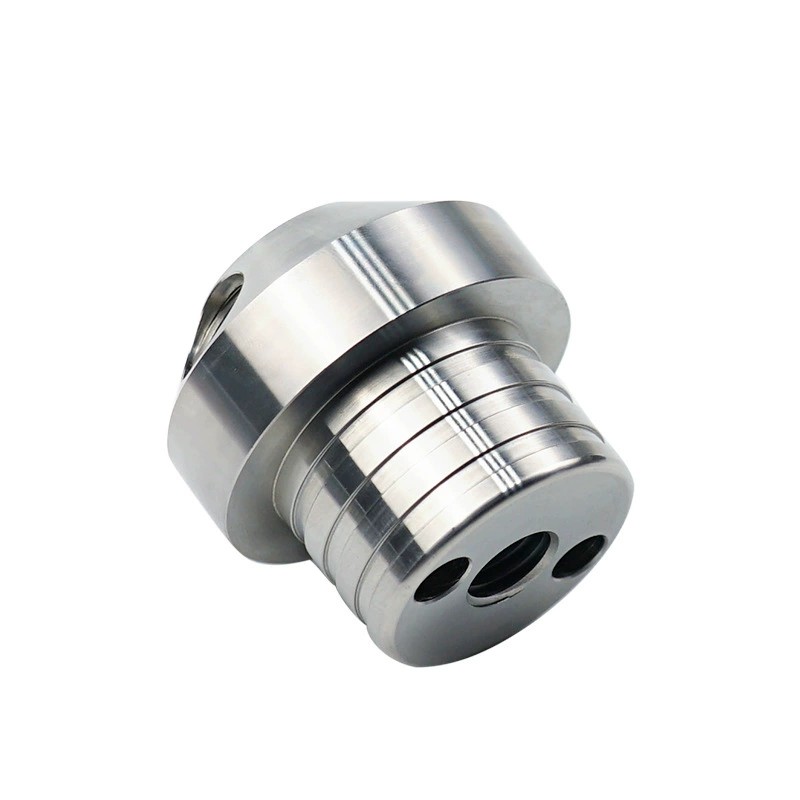
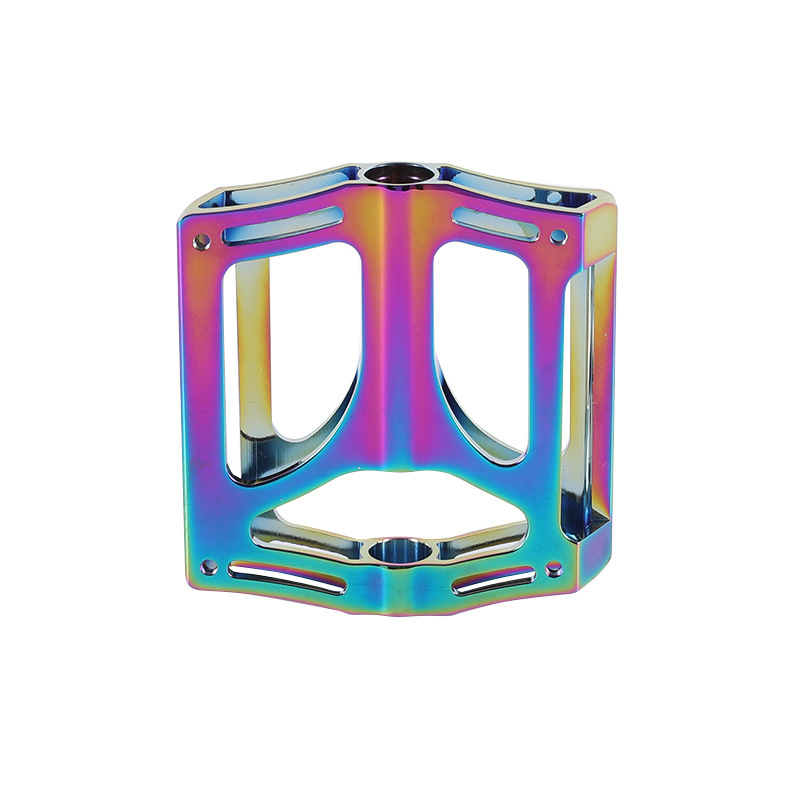
To improve the corrosion resistance of metal parts, consider using electroplating or hot-dip galvanizing. Electroplating involves applying a thin metallic coating using an electrical current, which can protect against corrosion and enhance appearance.
Common metals used include zinc and nickel, which are particularly effective for corrosion resistance. Hot-dip galvanizing, on the other hand, involves dipping steel into molten zinc, forming a protective layer that is ideal for extreme environments, such as outdoor structures and guard rails.
For aluminum parts requiring enhanced wear resistance, anodic oxidation is a suitable choice. This process forms a hard, ceramic-like coating through electrolysis, which not only prevents corrosion but also significantly increases wear resistance.
Anodization can also be customized with dyes for aesthetic purposes. If additional hardness is needed, a thicker coating version can be specified to further protect the component from wear and tear
To enhance electrical conductivity, electroplating with metals like copper or silver is highly effective.
This process deposits a conductive layer onto the metal part, improving its electrical properties without altering its structural integrity. This treatment is particularly useful in electronics and telecommunications industries where high conductivity is crucial.
For components exposed to high temperatures, thermal spraying is an ideal solution. This process involves applying melted or heated materials onto the surface to create a protective barrier against heat.
It is commonly used as a thermal barrier coating in applications like exhaust systems and turbines to manage heat effectively and prolong component life.